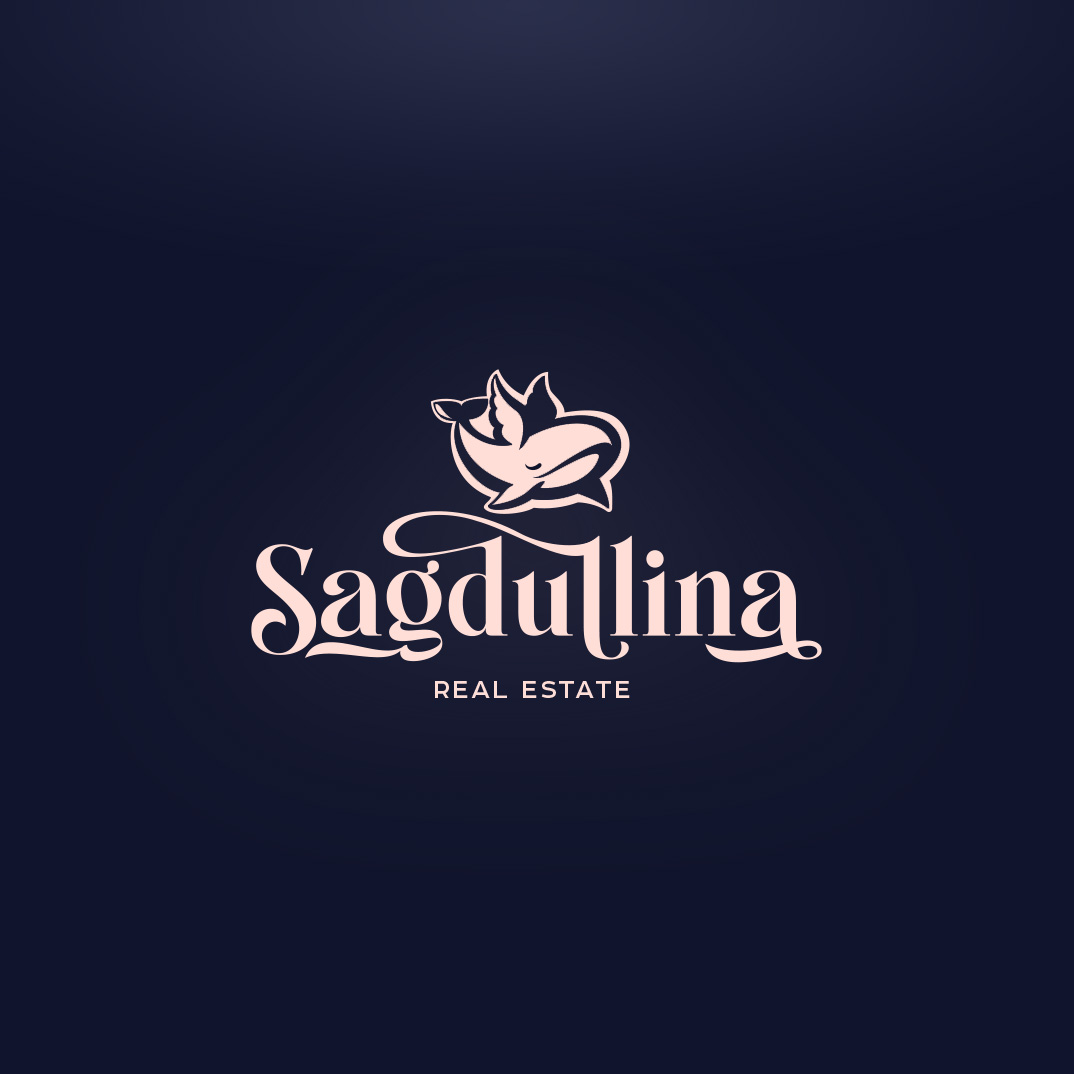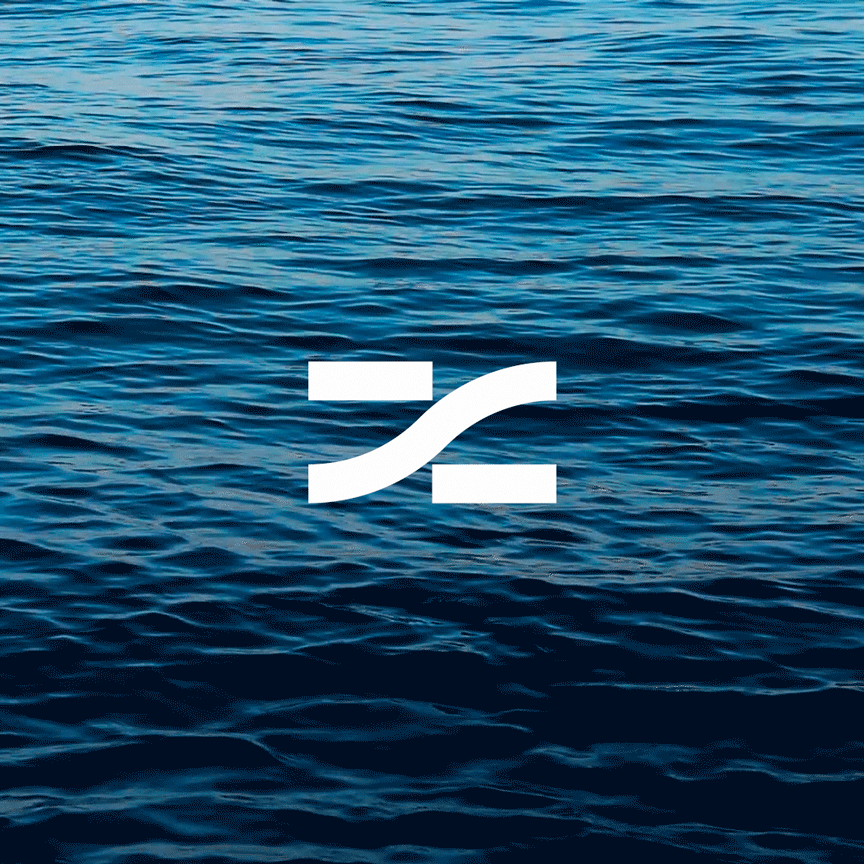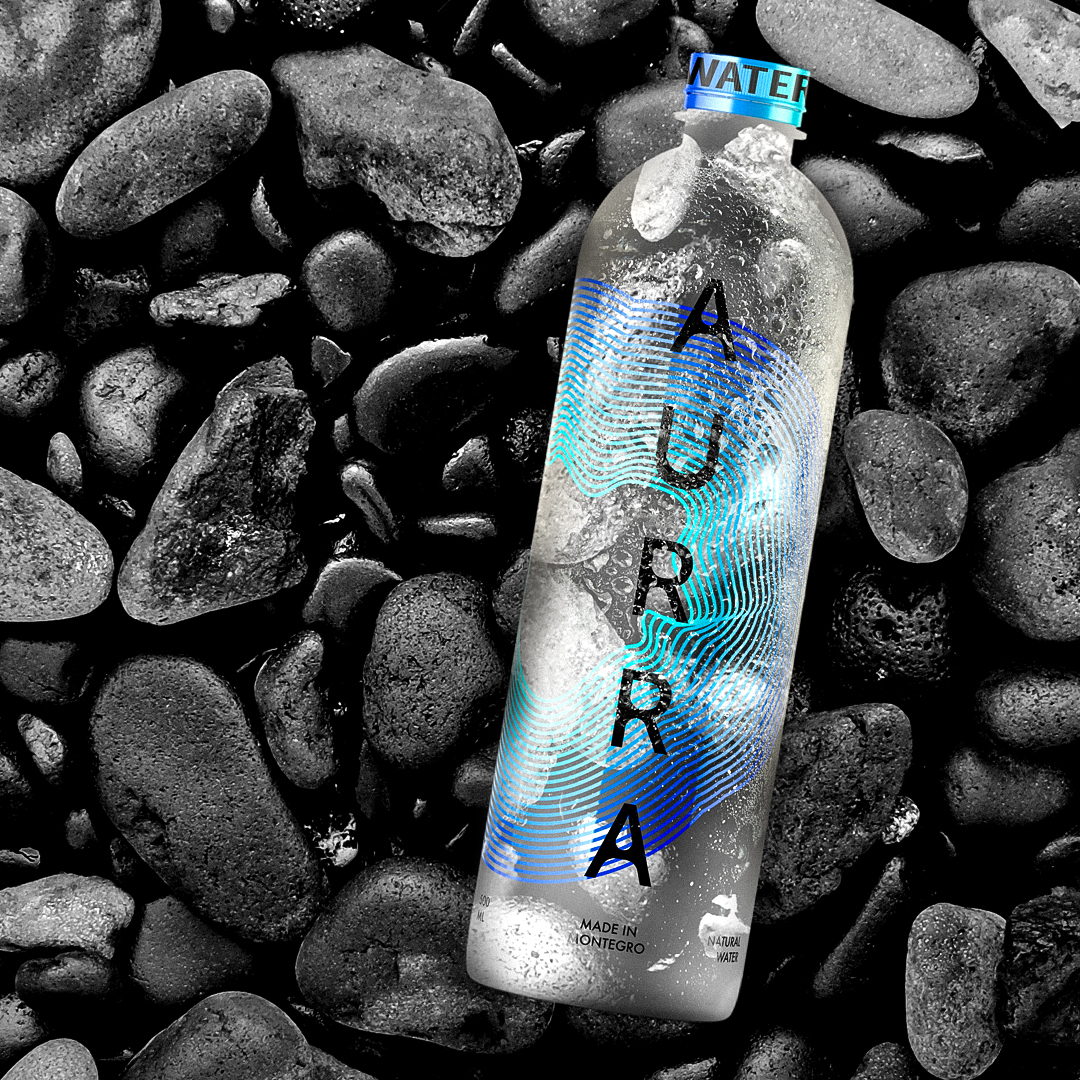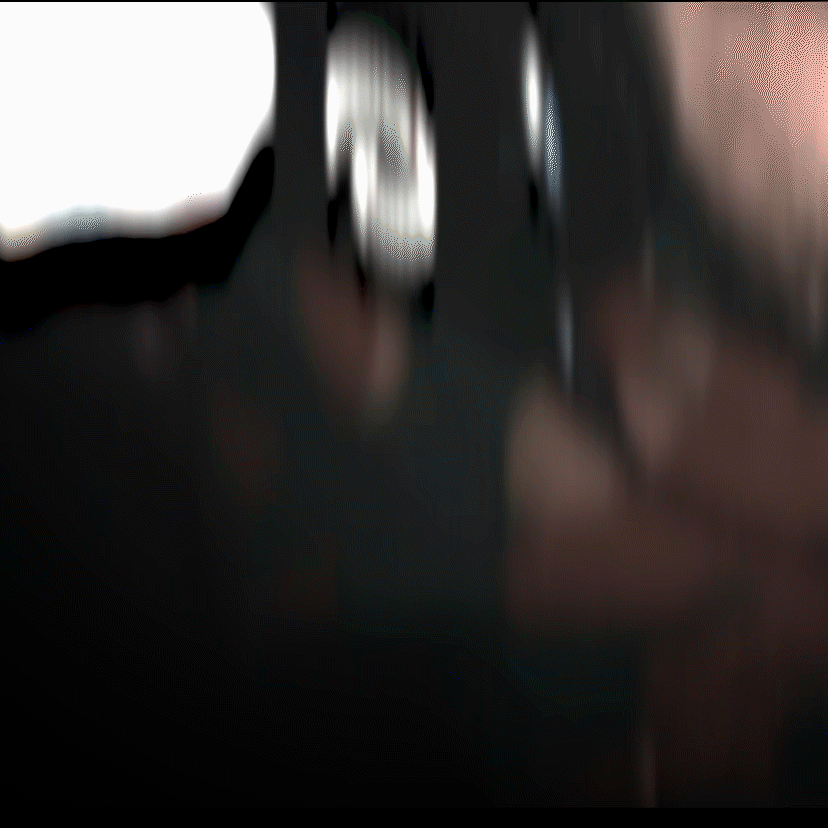
Grabstein: World’s first dynamic NFT logo
- NFT, Video, Branding
- 2021
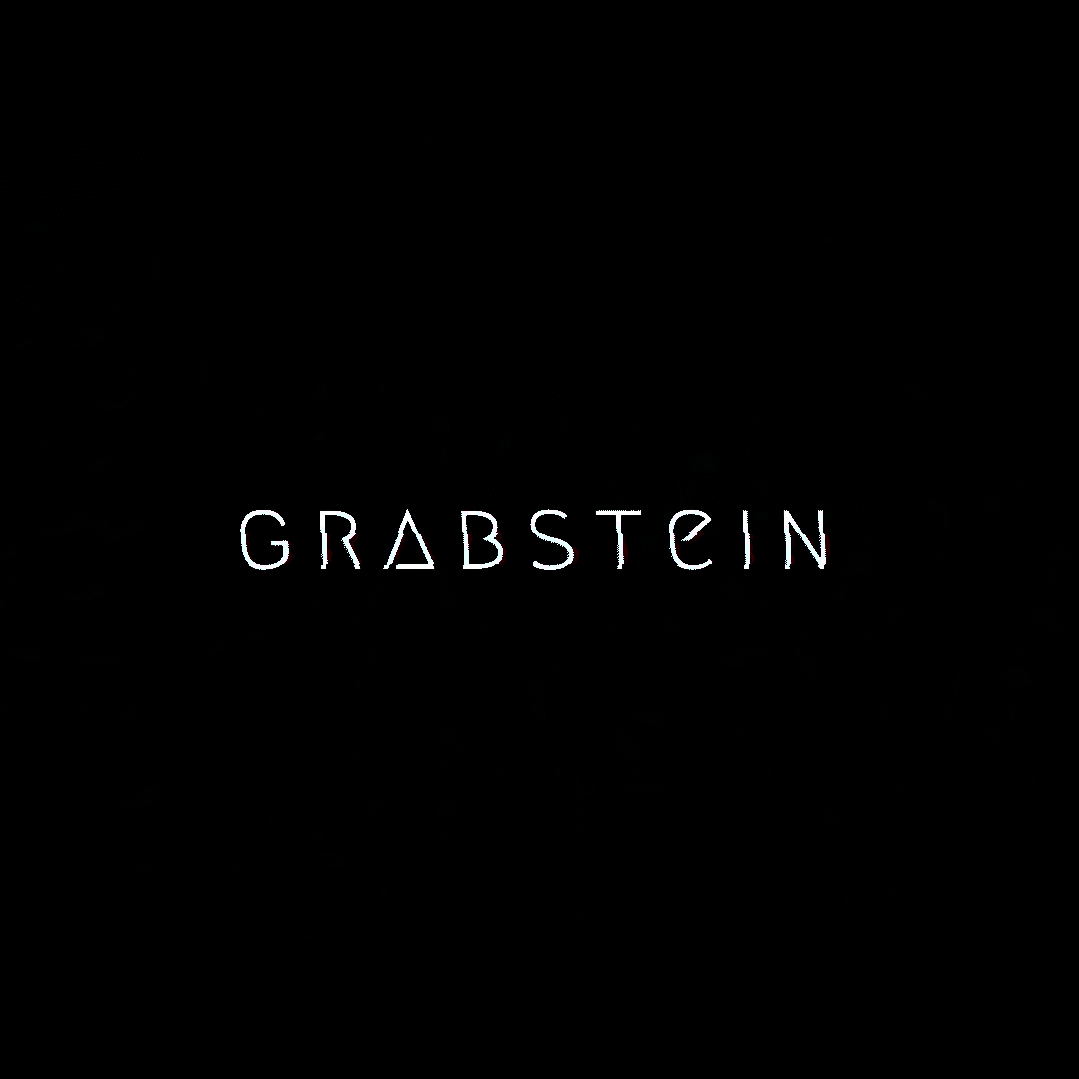

Cryptobranding
The world’s first dynamic NFT logo created by a graphic designer Ilya Pronin was sold on an NFT marketplace platform https://rarible.com/ on March 27, 2021. The new owner is a sound producer and a photographer Hieronymus Grabstein (https://soundcloud.com/grbstn), who is about to release his first album.
After the release, many leading industry media wrote about the project:
What is an NFT?
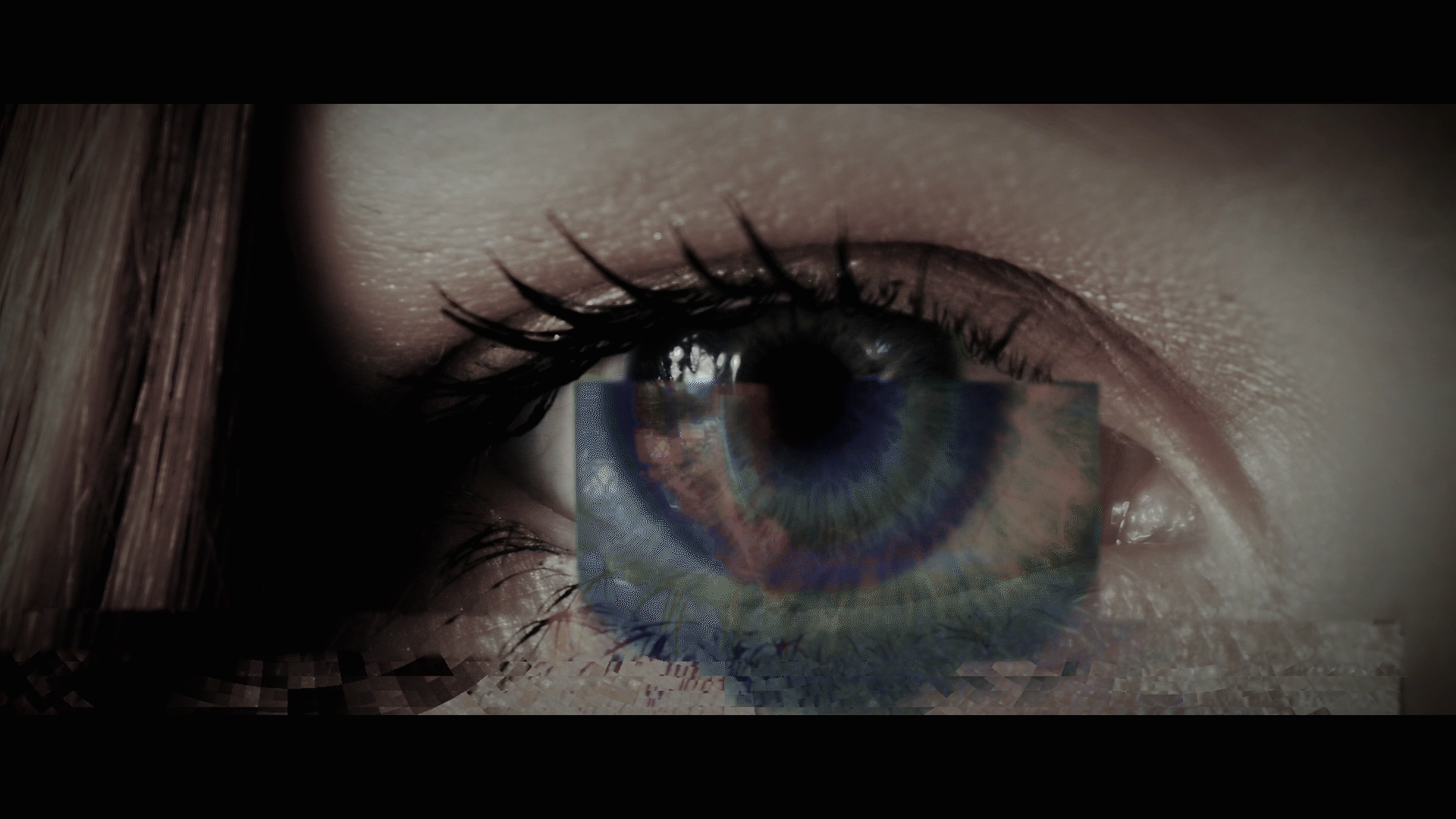
‘I am confident that the future of identity belongs to the Blockchain. Even though most of ad layouts created these days will never leave the digital world and are not likely to be used on physical media, trademark infringement remains an issue. Downloading an image is obviously a matter of seconds. At the same time, the established patent system usually implies a bureaucratic drag: the trademark registration process might take over a year. While NFT technology allows you to secure your brand and to protect your intellectual property quickly and conveniently.’
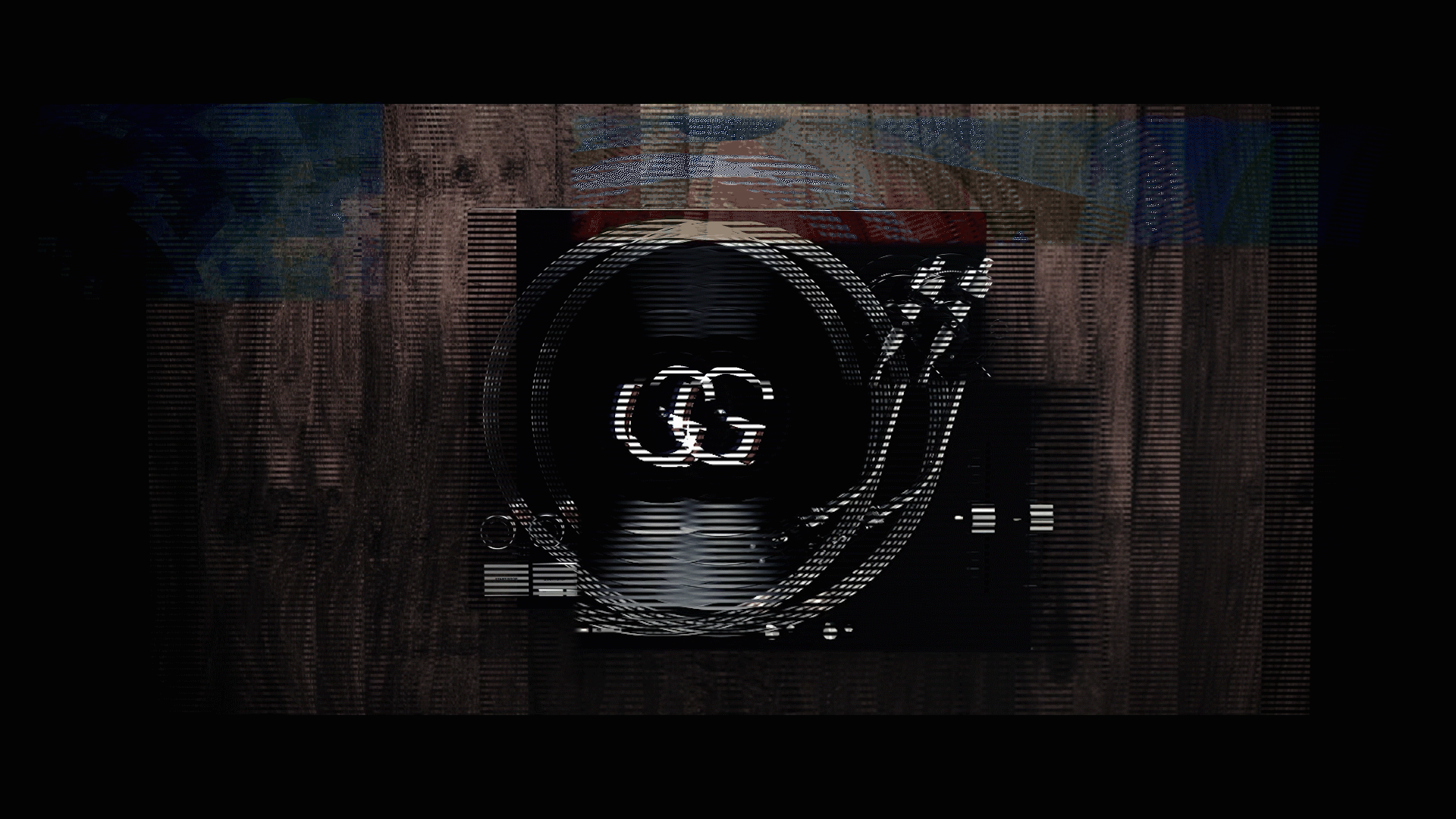
What is a dynamic logo?
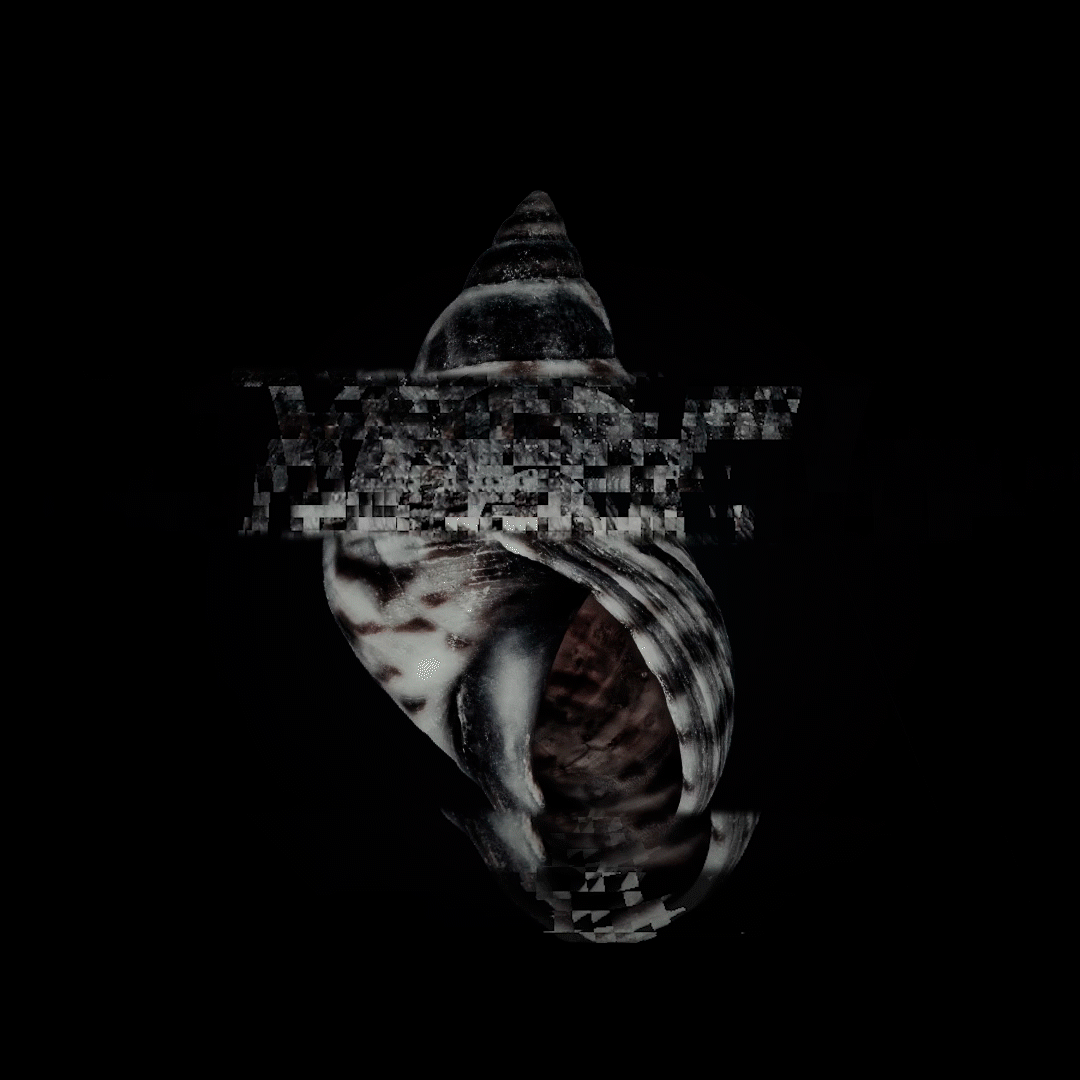
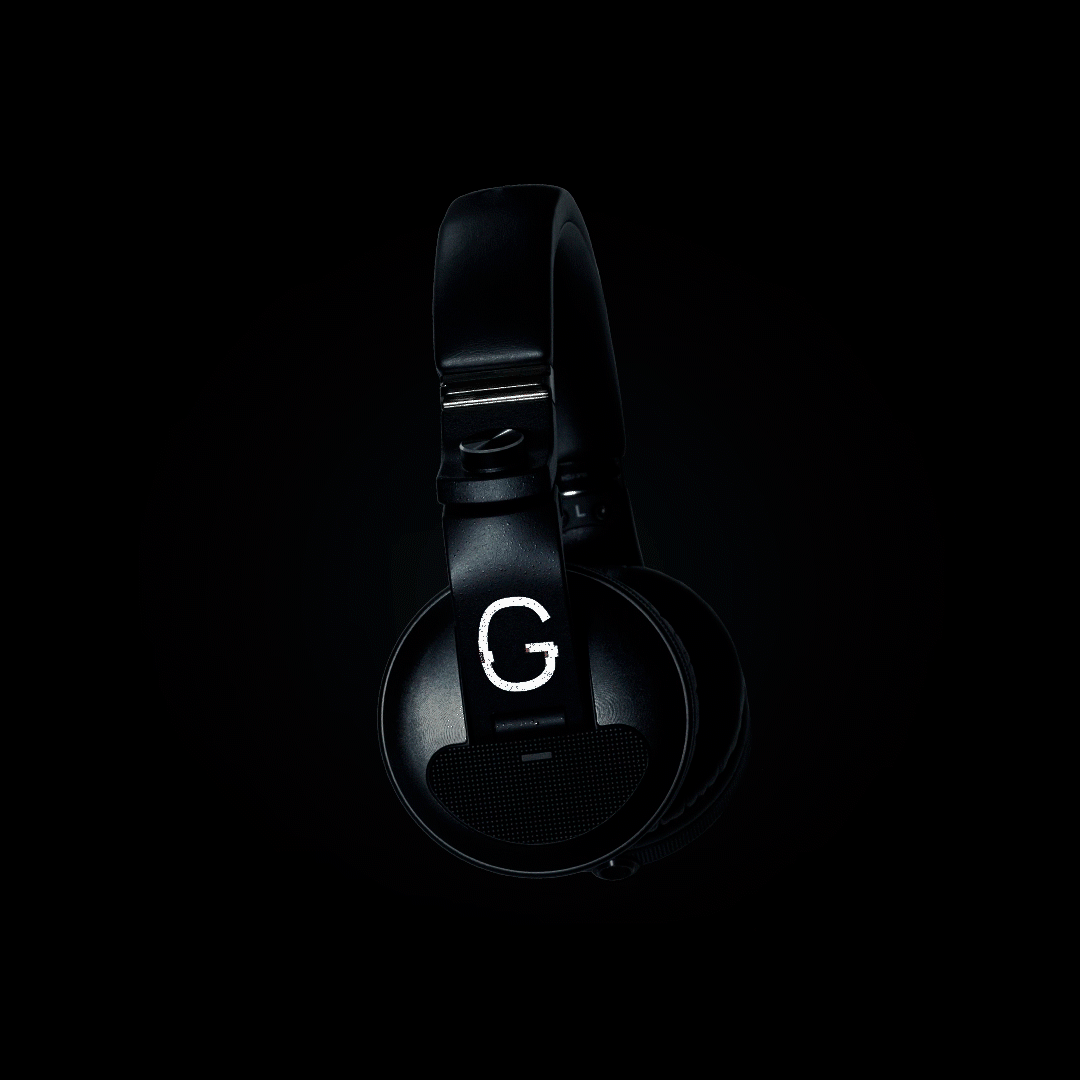
A story behind the artwork
The logo for the sound producer Grabstein was made using a modified Megrim font. Since the music Hieronymus creates is digital, the idea was to reflect it in the logo of the brand. A dynamic logo with a glitch loop seemed like a perfect solution. The glitch was generated using a cumulative analysis of Grabstein’s music, and then superimposed on the text. Since the project’s name is quite long, its shortened version is the initial – ‘G’ with a distinctive glitch.
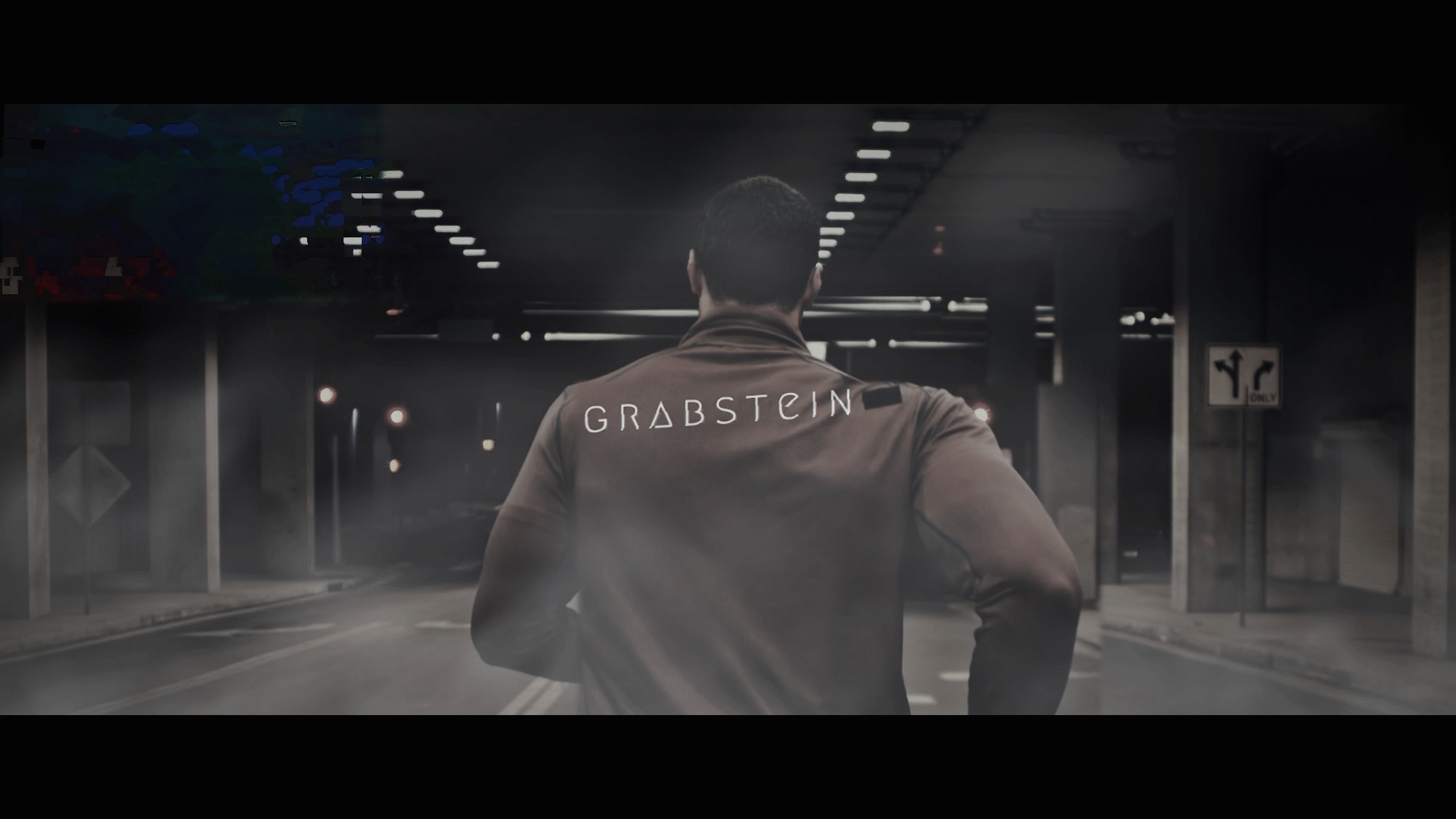
‘When Ilya first suggested that I use a dynamic logo, I was skeptical whether it would be possible to fit it in harmoniously, if at all’ shares Hieronymus. ‘But after the presentation I was delighted with such a simple, yet original and awesome solution. And later on when we decided to carry out the deal using NFT technology and Blockchain format, it felt as a leap into a new technological era, which humanity is approaching faster than ever.’
Hieronymus Grabstein



